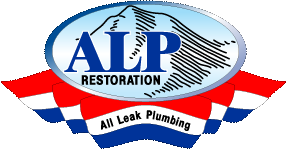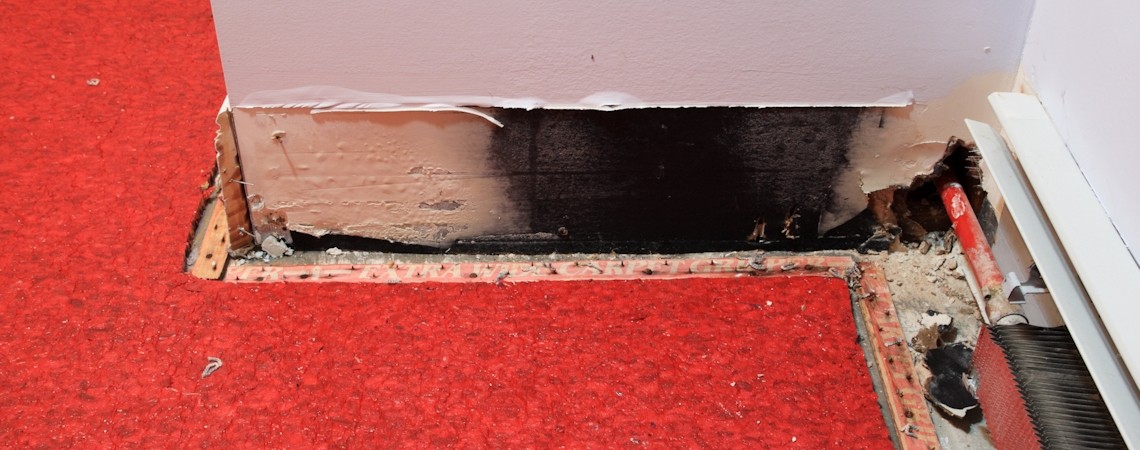
Mold
What is it all about?
First, one must understand how mold lives. Many molds need simple things to exist and colonize. Most require a type of moist intrusion or humidity, otherwise known as “the wicking effect”. In some cases, it can take as little as 24 hours for this process to begin. After the source of the moisture has stopped, it does not mean that the mold has stopped growing.
Potential Signs:
• Stained ceiling tiles (you may be very surprised as to what may be growing underneath) or walls.
• Musty, earthy, or urine scented odor.
• Black, brown, orange, pink, or green speckled walls or around any plumbing grout or tile.
• Deficient siding, siding that is not covering a building adequately, or certain types appear to be more prone to mold (i.e., Hardie Plank® which may not be installed properly; meaning without a “tray,” or nailed in too hard; thus cracking, L.P.®, and untreated wood, particleboard (OSB) or wood and materials) not weather protected in lumberyards and prior or during construction, and the wood becoming moist due to water intrusion, humidity, etc. This is known as “lumberyard mold.” (More information on this below).
• Wood siding where the paint has cracked and water has intruded (poor maintenance).
• Mild to severe unexplained illness, see symptoms, in combination with any other building problems listed on this page.
• Swollen or crumbling walls or buckling floor boards.
• Sewer backup which has caused water harm.
• Leaky roof or flashing installed improperly.
• Flood or hurricane damage.
• Leaky window or door.
• Washing machine overflow, washing machine leaks such as drain valve phalanges, leaky gaskets, etc.
• Leaky toilet seal or bathtub drainage problems.
• Lack of ventilation.
• Relative humidity over 55%.
• Damp basements.
Can mold make me and my family sick?
Mold can affect the health of people who are exposed to it. People are mainly exposed to mold by breathing spores or other tiny fragments. People can also be exposed through skin contact with mold contaminants (for example, by touching moldy surfaces) and by swallowing it.
The type and severity of health effects that mold may produce are usually difficult to predict. The risks can vary greatly from one location to another, over time, and from person to person.
What symptoms might I see?
The most common health problems caused by indoor mold are allergy symptoms. Although other and more serious problems can occur, people exposed to mold commonly report problems such as:
• nasal and sinus congestion
• cough
• wheeze/breathing difficulties
• sore throat
• skin and eye irritation
• upper respiratory infections (including sinus)
• trigger Asthma
• respiratory illness
• shortness of breath
• chest tightness



